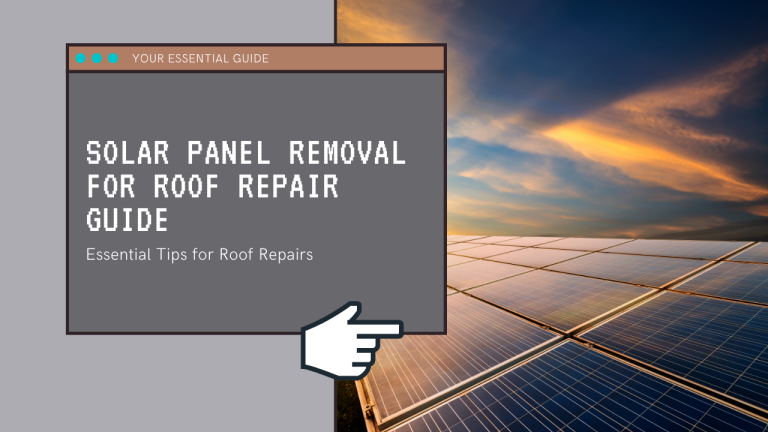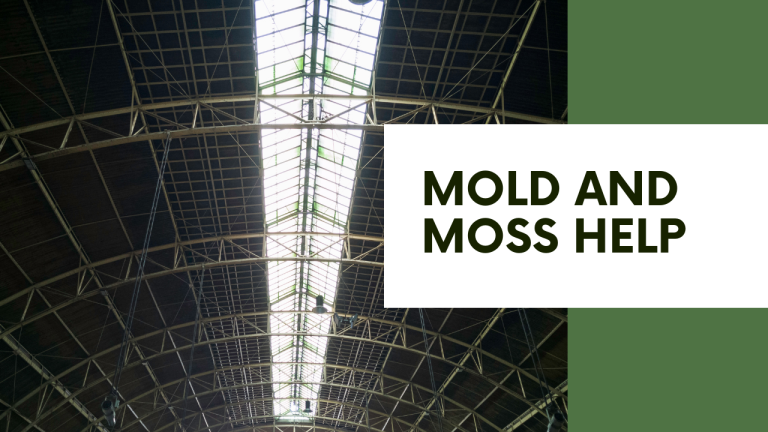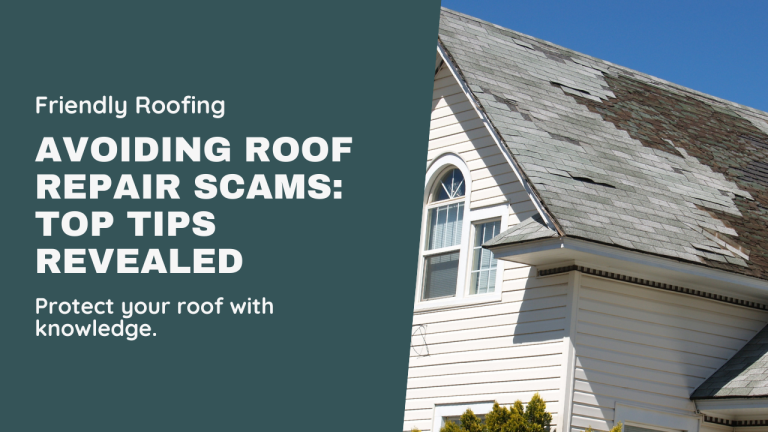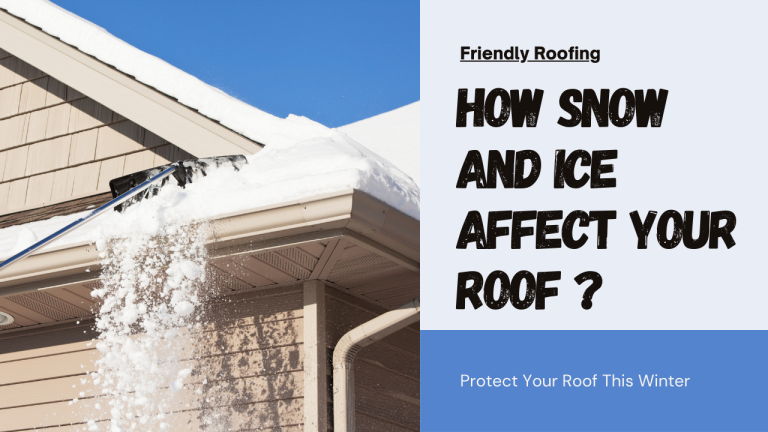Mold and moss on your roof can pose significant problems for homeowners, ranging from structural damage to potential health risks. These growths not only affect the aesthetic appeal of your home but also compromise the integrity of your roof. Addressing mold and moss on your roof promptly is essential to ensure the safety and longevity of your roofing system. This article provides homeowners with actionable tips for dealing with mold and moss on their roofs, highlighting the benefits of regular roof maintenance and effective removal techniques.
Understanding Mold and Moss Growth on Roofs
Causes of Mold and Moss Growth
Mold and moss thrive in environments with consistent moisture, making roofs in humid and rainy regions particularly susceptible. Shaded areas of the roof, where sunlight cannot reach, are ideal breeding grounds for these organisms. Additionally, roofs made of materials like wood shingles or asphalt are more prone to mold and moss growth compared to metal or slate roofs. Poor roof ventilation can also contribute to moisture buildup, further encouraging the growth of mold and moss.
Risks Associated with Mold and Moss
The presence of mold and moss on your roof can lead to several issues. Structurally, mold and moss can damage roofing materials, leading to leaks and water damage. These growths can also cause shingles to lift and separate, exposing the underlying roof structure to the elements. Health-wise, mold spores can enter your home, posing respiratory risks to occupants, especially those with allergies or asthma. Additionally, mold and moss can significantly reduce your home’s curb appeal and property value, making it less attractive to potential buyers.
Identifying Mold and Moss on Your Roof
Visual Signs
Mold typically appears as dark, streaky stains or patches on your roof, often black or green. Moss, on the other hand, forms thick, green mats that can cover entire sections of the roof. Both mold and moss are commonly found in shaded, damp areas where moisture accumulates. Identifying these signs early can help prevent extensive damage.
Inspection Tips
To inspect your roof for mold and moss, start by examining it from the ground using binoculars. Look for any discoloration, stains, or green patches. For a closer inspection, use a sturdy ladder and take necessary safety precautions. It’s advisable to have a friend or family member assist you for added safety. Use a flashlight to check for mold inside the attic, as mold growth often starts there.
Preventative Measures
Regular Roof Maintenance
Routine roof maintenance is crucial in preventing mold and moss growth. Conduct regular inspections, especially after heavy rains or storms. Clean your gutters and downspouts to ensure proper water drainage, as clogged gutters can lead to water buildup on the roof. Regularly remove debris like leaves and branches that can trap moisture and create ideal conditions for mold and moss growth.
Proper Ventilation and Sunlight Exposure
Improving attic ventilation helps reduce moisture levels, making the roof less hospitable to mold and moss. Ensure your attic has adequate ventilation by installing vents or fans if necessary. Trimming overhanging branches allows more sunlight to reach your roof, helping to dry out damp areas and inhibit mold and moss growth.
Choosing Mold-Resistant Roofing Materials
When considering a roof repair or replacement, opt for mold-resistant roofing materials. Metal roofs and slate shingles are less prone to mold and moss growth compared to wood or asphalt shingles. Some asphalt shingles come with algae-resistant coatings that can help prevent mold and moss buildup. Weigh the pros and cons of different materials based on your region’s climate and your home’s specific needs.
Effective Removal Techniques
Manual Removal Methods
Manual removal is an effective way to deal with mold and moss on your roof. Begin by gently brushing off moss with a soft-bristle brush or broom. Avoid using pressure washers, as they can damage shingles. For mold, scrub the affected areas with a mixture of water and mild detergent. Ensure you wear protective gear, such as gloves and a mask, to avoid inhaling mold spores. Rinse the roof thoroughly with water after cleaning.
Chemical Treatments
Commercially available mold and moss removal products can be effective if used correctly. Follow the manufacturer’s instructions for application, and always prioritize safety by wearing protective equipment. These treatments typically involve spraying the affected areas and allowing the chemicals to work for a specified period before rinsing. It’s important to choose products that are safe for your specific roofing material to avoid damage.
Natural and Eco-Friendly Solutions
For those who prefer eco-friendly methods, several natural remedies can help in dealing with mold and moss on your roof. A mixture of white vinegar and water, applied with a spray bottle, can effectively kill mold and moss. Baking soda mixed with water is another safe option that can be brushed onto affected areas. These solutions are not only environmentally friendly but also safe for your roofing materials and surrounding plants.
Professional Help vs. DIY Approaches
When to Call a Professional
In some cases, professional intervention may be necessary to effectively deal with mold and moss on your roof. If the infestation is extensive or if you’re uncomfortable working at heights, it’s best to hire a professional roof cleaner. Professionals have the expertise and equipment to safely and thoroughly remove mold and moss, ensuring your roof remains intact.
DIY Tips and Tricks
For homeowners who prefer a hands-on approach, several DIY methods can be effective. Ensure you have the right tools, such as soft-bristle brushes, cleaning solutions, and protective gear. Start with a small section of the roof to test your chosen method. Avoid using harsh chemicals or high-pressure washers, as these can damage your roof. Regularly maintaining your roof will make DIY cleaning more manageable.
Long-Term Roof Protection Strategies
Applying Protective Coatings
Protective coatings can provide long-term protection against mold and moss growth. These coatings form a barrier that prevents moisture from penetrating the roof materials. When applying protective coatings, follow the manufacturer’s instructions and ensure the roof is clean and dry before application. Regularly reapply the coatings as recommended to maintain their effectiveness.
Regular Maintenance Schedule
Establishing a regular maintenance schedule is crucial for keeping your roof free from mold and moss. Conduct inspections at least twice a year, ideally in the spring and fall. Address any issues promptly to prevent mold and moss from taking hold. Regular maintenance not only protects your roof but also extends its lifespan, saving you money on roof repairs in the long run.
Case Studies and Real-Life Examples
Success Stories
Many homeowners have successfully dealt with mold and moss on their roofs through diligent maintenance and effective removal techniques. For instance, a homeowner in a humid region consistently cleaned their gutters and trimmed overhanging branches, preventing mold and moss growth. Another homeowner used a combination of manual removal and eco-friendly treatments to keep their roof pristine. These success stories highlight the importance of proactive roof care.
Expert Insights
Roofing professionals emphasize the importance of addressing mold and moss promptly. According to experts, neglecting mold and moss can lead to costly roof repairs and replacements. They recommend regular inspections and choosing mold-resistant materials for long-term protection. Professional roof cleaners also stress the importance of safety when dealing with mold and moss, advising homeowners to seek professional help if they’re unsure about DIY methods.
Deal Aptly with Mold and Moss on Your Roof
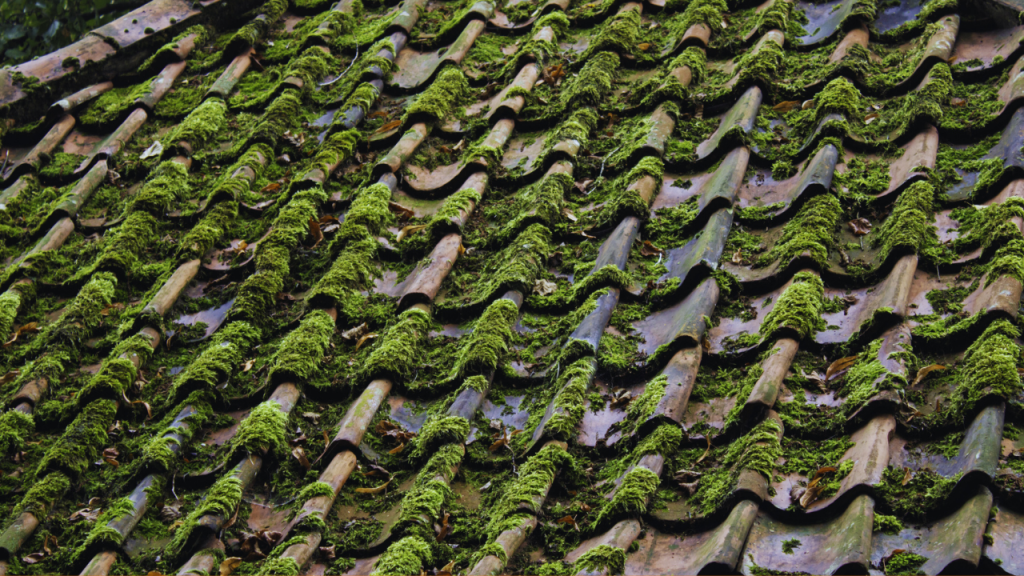
Dealing with mold and moss on your roof is essential for maintaining the safety and longevity of your home. By understanding the causes and risks associated with these growths, homeowners can take proactive steps to prevent and remove mold and moss. Regular maintenance, proper ventilation, and choosing the right roofing materials are key strategies for keeping your roof mold- and moss-free. Whether you choose to handle the task yourself or hire a professional, addressing mold and moss promptly will protect your roof and enhance your home’s value.

